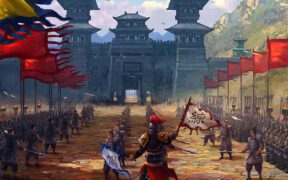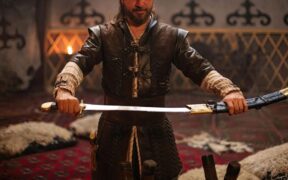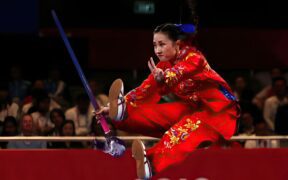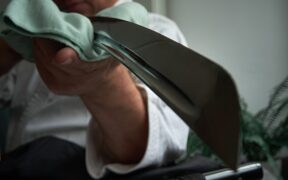Our content features commercial links to our products, committed to transparent, unbiased, and informed editorial recommendations. Learn More
16 Types of Chinese Curved Swords
NO AI USED This Article has been written and edited by our team with no help of the AI
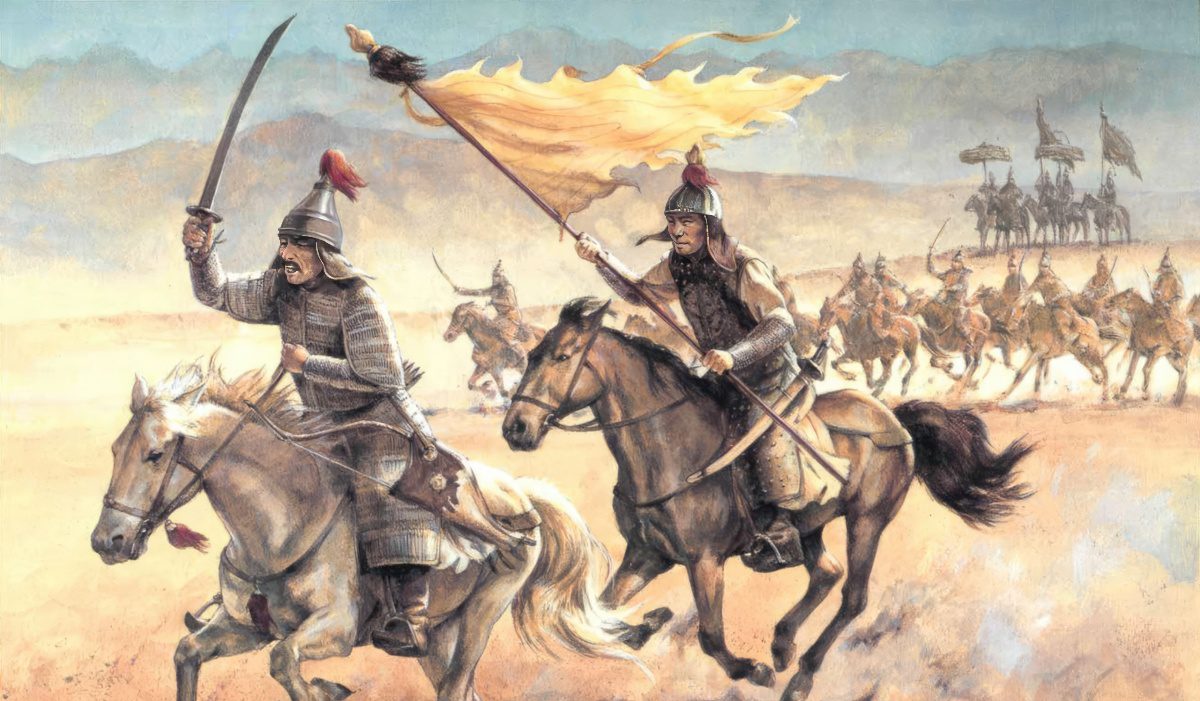
Although China is most commonly known for its traditional straight, double-edged Jian swords, the most commonly used bladed-edged weapons throughout its history are the Chinese curved swords, often referred to as Dao. However, there are Dao blades that are straight.
The single-edged curved blade is superb for slashing because the force of the blow is distributed more evenly over the blade, which is especially useful when combined with the momentum of a mounted strike. The fact that they were easier to make and use also played a huge role in their increased use. In this article, we will present you with all types of Chinese curved swords, as well as their design, history, and uses.
1. Zhi Bei Dao
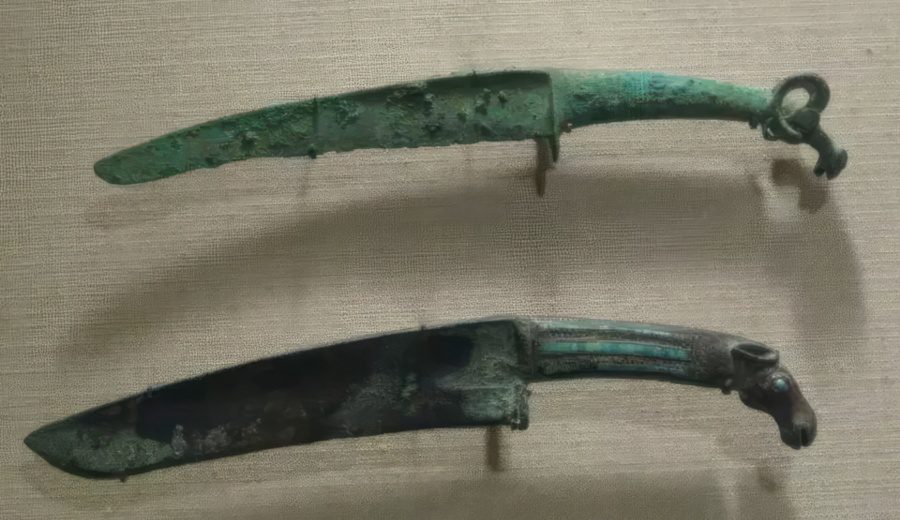
The Zhi Bei Dao, a style of Dao sword first created in the 15th century, is notable for being a one-handed, curved, and single-edged weapon. They were originally constructed of bronze, but as metallurgy developed and harder metals became available, the sword grew in size and use and evolved into the later Dao swords.
2. Han Dao
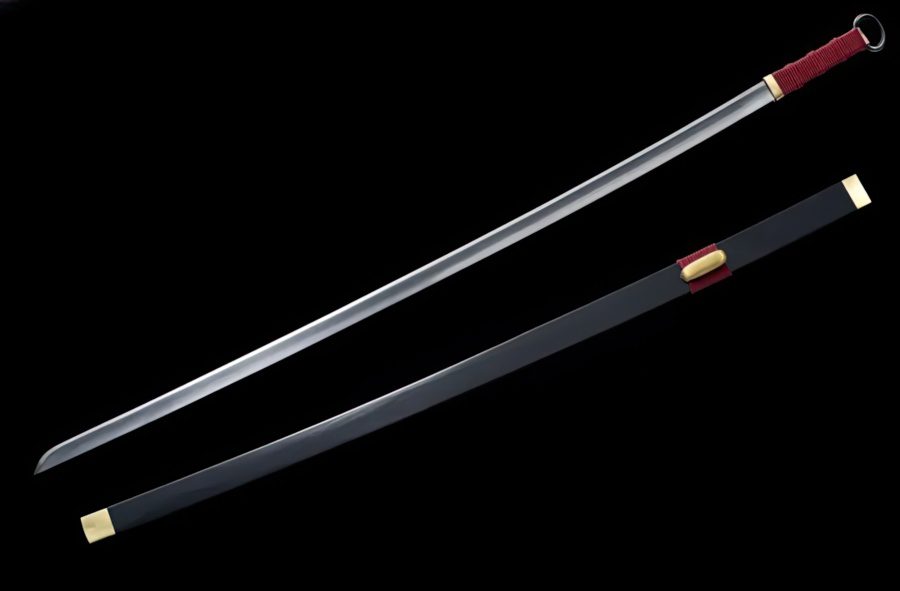
Han Dao, which arose around 100 BC and established a standard from the Middle Han Dynasty onwards through the Three Kingdoms era, was the progenitor of all Chinese Dao. The cavalry Han Dao was an important weapon in the Han-Xiongnu War, and with time became the main weapon of the Chinese sword arsenal, slowly replacing the straight Jian sword. They weren’t as curved as the regular Chinese Dao, but this inward curve was especially good for cavalry.
3. Yanmaodao or Yanlingdao

The Yanmaodao is a straight but slightly curved and single-edged sword taking influence from the previous historical Tang Heng Dao. Yet, the tiny bend at the tip of the blade is its most distinctive feature, which places it in the group spoken about in this article.
This sword is almost certainly the legendary Yanling Dao, also known as the Goose Quill Saber. This type of sword most likely developed in the 13th century and was directly influenced by the Steppe Nomads from the north.
4. Liuyedao
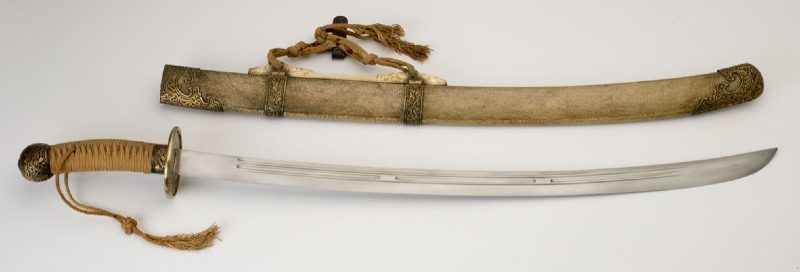
The curve of the Liuyedao sword is stronger than that of earlier Yanmaodao swords. The edge has a pointed blade tip, making the weapon effective for thrusting and slashing. These blades trace their lineage back to the original Turkic-Mongol blades that looked similar to the Genghis Khan Sword. Especially liked by the cavalry; its name was the Willow Leaf Saber, and its use spread across the army like wildfire.
5. Piandao

The Piandao are the rarest curved Chinese blades. They share many of the same traits as the previously mentioned Liuyedao and often have the same type of blade. The wielders using them distinguish them from each other mainly because the Piandao is shorter and a stronger slicing tool.
6. Peidao or Yaodao
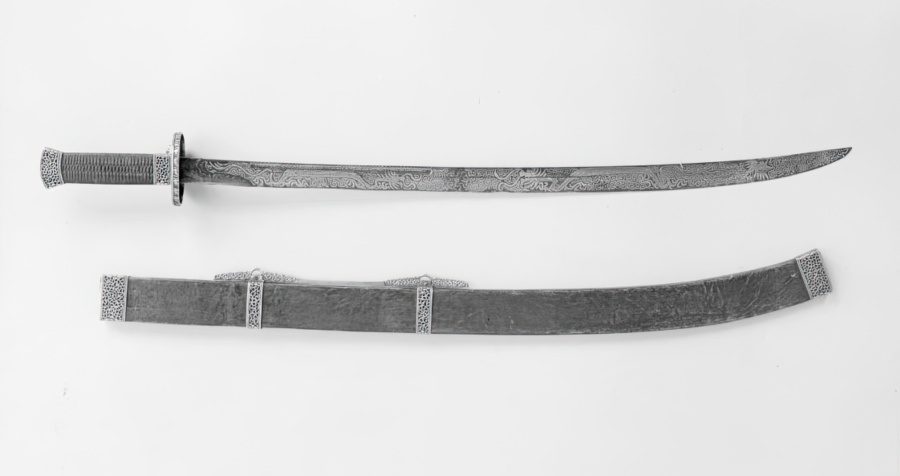
Because the phrase was employed during the Qing Dynasty to denote any sort of Dao worn on the waists, the Peidao is a term often found in Chinese documents but without any visual depiction or explanation of the sword type. At times the Yaodao has been used the same way, and this is what it is believed they would look like.
7. Niuweidao
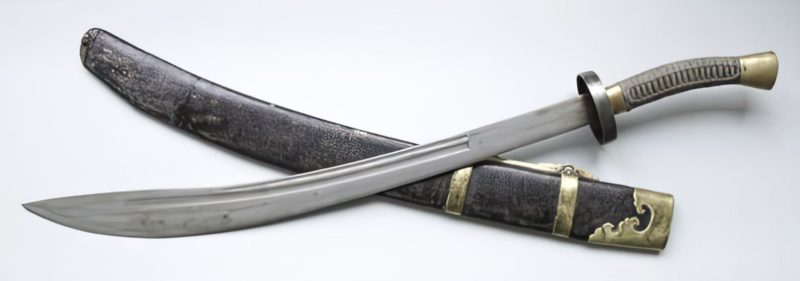
The Oxtail saber, or Niuweidao, is a very popular curved Chinese sword that has been utilized and seen in modern war throughout the 20th century. It came about when fighting against unarmored enemies was a daily occurrence, and it quickly rose to prominence among all types of civilians, townspeople, rebels, and soldiers. Today, it is one of the most popular swords used in Chinese training martial arts such as Kung Fu.
8. Yutoudao
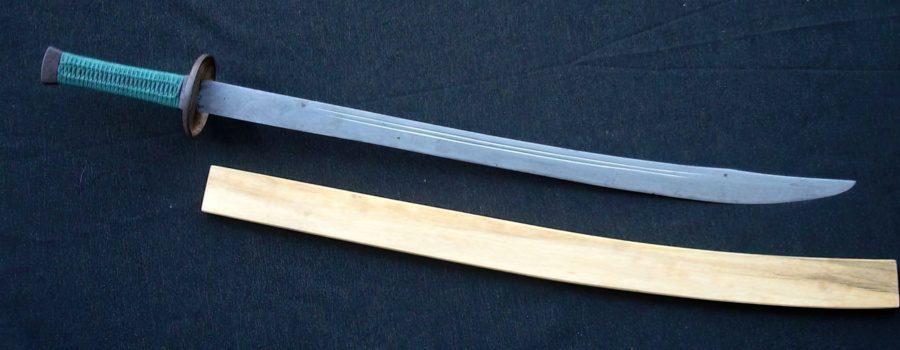
The Yutodao sword has a yelman, or widening at the blade’s tip, commonly seen on Turkish swords. This added additional impact on top of the powerful slashing due to the curve, which made this sword very popular when used along with the momentum of mounted cavalry units. Sometimes it’s called the Fish Head Saber because of its appearance and can feature the eyes of a fish as well.
9. Yanchidao

The only Chinese curved sword with a scalloped point blade tip is the Goose Wing Saber, known as the Yanchidao. The blade resembles a bird’s wing, which wouldn’t be ideal for delivering puncture wounds, but because of the curve of the blade, it is an excellent slashing weapon. The design for this scallop is most likely from the northern Nomads, who had similar details. This was a highly popular sword used by high nobility for special occasions confined to military circles.
10. Zhanmadao

The most popular Chinese curved sword in modern media today is the Zhanmaodao, and we can assume that its nickname, The Horse Cutter, has something to do with it. This 80-inch (1.8-meter) large sword was used with two hands and came about during the Han Dynasty, although its current shape and design were much later. It was used against cavalry and was a big ceremonial weapon.
11. Changdao
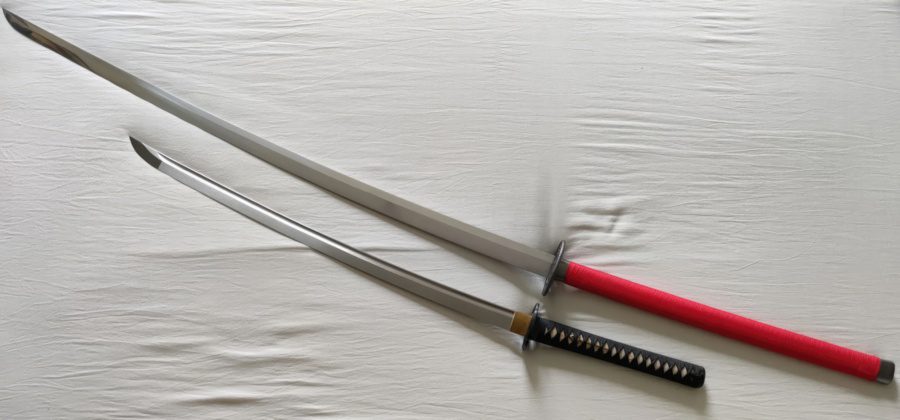
When the peak of the Japanese pirates raided the coasts of China, the legendary Chinese leader General Qi Jiguang is said to have studied these enemies using their large Odachi weapons. He then produced the curved, single-edged large Changdao. It was used as an effective tool that acted as a spearhead in battles against the Mongols and Wokou Pirates and as a powerful anti-armor slashing weapon.
12. Wodao
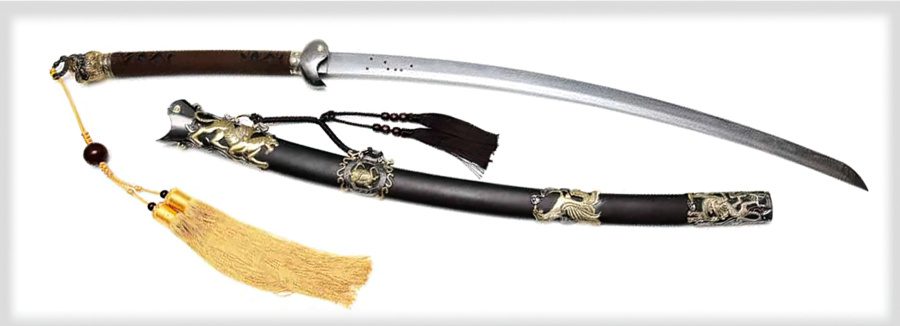
The curved Chinese sword that directly resembles the Japanese Samurai weapons, or most notably the Katana, is the Wodao sword. It is a Chinese sword with a Japanese design and was very popular in China throughout the Ming and Qing dynasties. This type of blade curve was very impressive and capable of quick slash attacks that inspired the later and 20th-century Miao Dao swords.
13. Miaodao
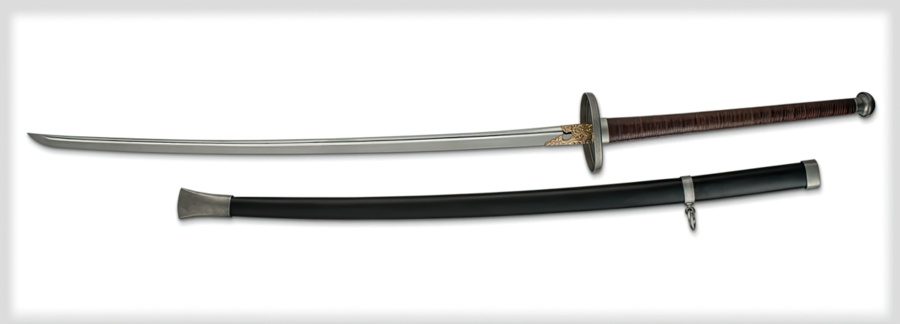
The Miaodao is the preferred type of Chinese curved sword amongst modern users. The Changdao and the Wodao are two ancient swords that inspired it. With a curved blade that is both effective for slicing and thrusting, it resembles and has a strong link to Chinese and Japanese-style blades. However, the Miaodao differs greatly from both in that its length lies roughly in the middle of the two previously mentioned swords.
14. Duandao

The Duandao is a curved sword used throughout the Ming Dynasty, mainly as a secondary weapon worn on one’s belt. The downward curvature was effective for slashing, but its main purpose was its accommodation when worn on the waist.
15. Dadao
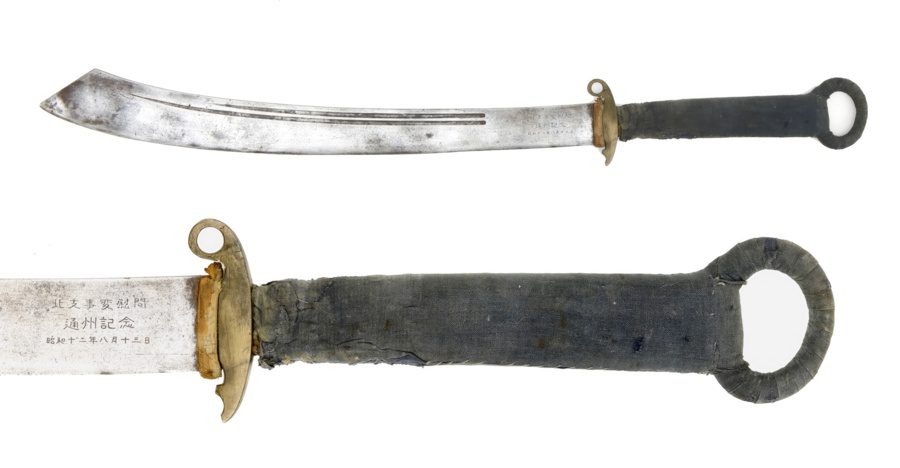
The Dadao is a single-edged Chinese sword with a wide curved blade. It can range in size considerably. A bigger style would be used both hands, while a smaller one could be used with just one hand. Prior to World War II, many people carried swords like this one for self-defense since its powerful curved blade required little training to master. It also features a tip on the backside of the blade, which can be used to puncture through armor.
16. Jiuhuandao
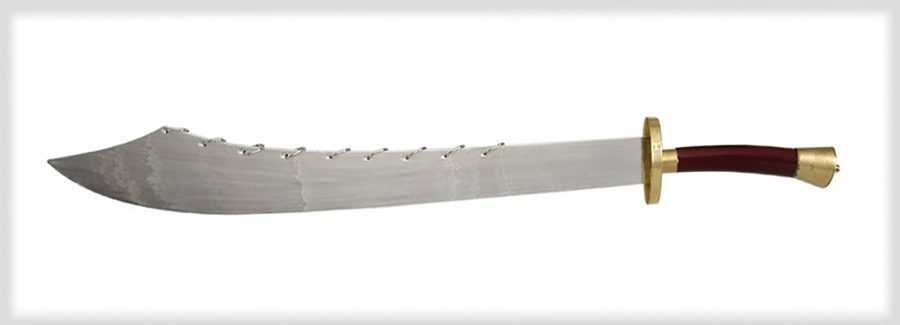
Without a doubt, the Jianhuandao is the most intimidating Chinese curved sword. It is a Dadao sword, and its distinctive feature is the row of nine rings along the spine, which serve both as a warning to scare off enemies and as a point of contact for better balance. It’s a common Chinese weapon in media like video games and anime/manga, albeit it’s usually shown considerably bigger than it truly is.
